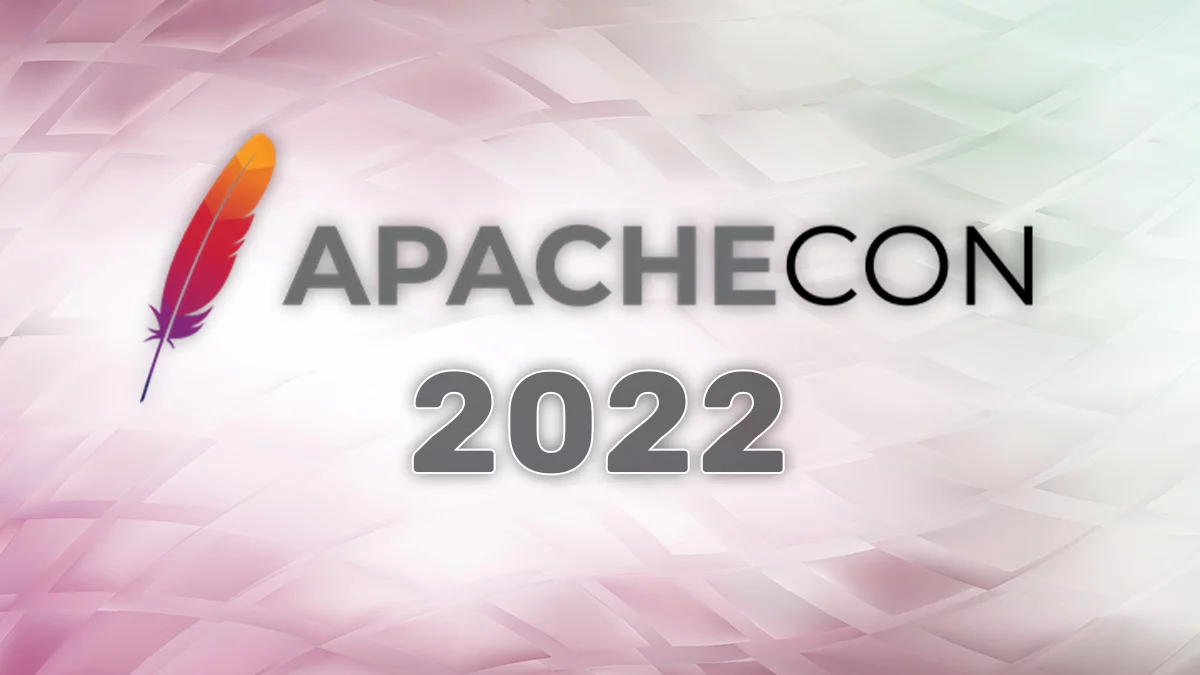about
Knize Consulting LLC . was created by Dr. Nicholas W. Knize to facilitate an avenue which would allow corporations and individuals to learn and use geospatial indexing, search data structures, and analysis capabilities through in-person or online services: trainings, workshops, or consultation.
Trainings and presentations given most recently at:
Mission
“To assist customers in growing and expanding business in the geospatial search and analytics space by providing educational development services and expertise through consultation and education.”
Values
We strive to go above and beyond for our clients no matter the challenge. We aim to deliver our very best work every single day across our services.
Nicholas W. Knize, Ph.D.
Dr. Nicholas W. Knize received his B.Sc. in Computer Science and Engineering Mathematics from Parks College of Engineering at St. Louis University in St. Louis, Missouri. He received his M.Sc. in Computer Science and Engineering from The University of Texas at Arlington in Arlington, Texas and his Ph.D. in Geospatial Information Sciences from The University of Texas at Dallas. Currently working as a Principal Engineer, Lucene Committer and PMC member for Amazon Search Services on Open Source search data structures and analysis capabilities.
Previously the Geospatial Lead, and Lucene committer for Elastic working on Elasticsearch and Elastic Maps. Responsible for Geospatial indexing, search, and analysis capabilities in core Elasticsearch and Apache Lucene.
Prior to Elastic, the Chief Scientist for Thermopylae Sciences and Technology responsible for designing and developing scalable high dimension indexing capabilities. Inventor of XTree Hyperspatial indexing as an extension to MongoDB and Accumulo non-relational database systems.
In his personal time, tinkerer of open source projects, including SocialEyez TV for Google TV 2.0; the first SocialTV application for Google TV providing a show specific social network for Live and on demand TV and enables users to connect through common TV interests.
Prior to TST, he was the co-founder and Director of the Ubiquitous Intelligence Technologies Center in Raytheon’s now defunct Intelligence and Information Systems (IIS) division. Responsible for planning, executing, and growing Raytheon’s mobile business through R&D, and building the company’s mobile product portfolio.
He also served as the Chief Engineer of Independent Research & Development (IR&D). Responsibilities included integrating emerging technologies across multiple centers of excellence and product lines.

Accolades include:
1. Inventor of the Raytheon Advanced Tactical System (RATS) and Integrated Video Exploitation & Dissemination
2. 7 patents & 1 Trade-Secret
3. Three Time Tech Honors award recipient
4. Young Engineering Leadership Accelerator & Engineering Leadership Development Participant
5. Corporate Excellence in Engineering Technology Individual Award Recipient
Specialties:
- Spatial / High dimension indexing
- Elasticsearch
- Mobile Technologies (Android, iOS)
- Hadoop
- Cassandra
- CloudBase
- Distributed Computing
- Computer Vision (OpenCV, IPP)
- Remote Sensing & Photogrammetry (Camera Models/Systems)
- Geospatial Information Systems
LICENSES
PATENTS
- Synchronizing video images and three dimensional visualization images
US 20110007134 · Issued Jan 13, 2011US 20110007134 · Issued Jan 13, 2011In accordance with a particular embodiment of the invention, a video frame comprising an image may be synchronized with a context area generated by a three-dimensional visualization tool. The context area may be selected according to location information identifying a location shown in the video frame. The video frame may be overlaid on the context area substantially at the location shown in the video frame to yield a synchronized image that may be displayed on a display. Certain embodiments of the present invention may provide various technical advantages. A technical advantage of one embodiment may include the capability to provide context to a scene depicted by a video. In some embodiments, the context may be provided by expanding the field of view displayed. For example, the view may be expanded by synchronizing a three-dimensional visualization image to the geographical location depicted by the video. The additional context may provide advantages in situational awareness applications. For example, the additional context may aid military users in obtaining intelligence and/or in making tactical decisions. Although specific advantages have been enumerated above, various embodiments may include all, some, or none of the enumerated advantages. Additionally, other technical advantages may become readily apparent to one of ordinary skill in the art after review of the following figures and description.
- Displaying Situational Information Based On Geospatial DataDisplaying Situational Information Based On Geospatial Data
US 20110010674 · Issued Jan 13, 2011US 20110010674 · Issued Jan 13, 2011
- Overlay Information Over VideoOverlay Information Over Video
US 20110007962 · Issued Jan 13, 2011US 20110007962 · Issued Jan 13, 2011
US 20110007134 · Issued Jan 13, 20See patent
- Extraction of Real World Positional Information from VideoExtraction of Real World Positional Information from Video
US 20110007150 · Issued Jan 13, 2011US 20110007150 · Issued Jan 13, 2011
- Deceptive Mobile CommunicationsDeceptive Mobile Communications
US 20100263058 · Issued Oct 14, 2010US 20100263058 · Issued Oct 14, 2010
- HIGH-DIMENSIONAL DATA STORAGE AND RETRIEVAL HIGH-DIMENSIONAL DATA STORAGE AND RETRIEVAL
US 15/267,824 · Filed Sep 16, 2016US 15/267,824 · Filed Sep 16, 2016




